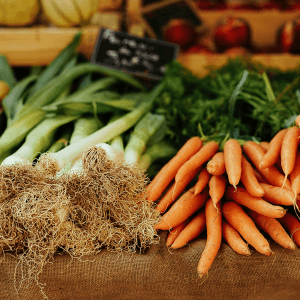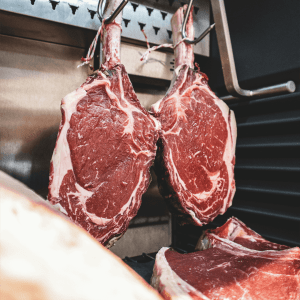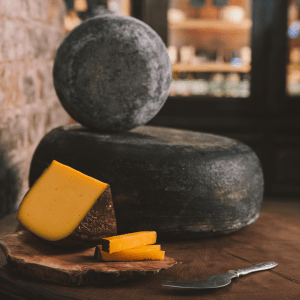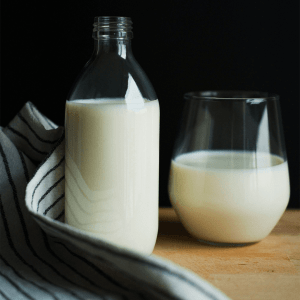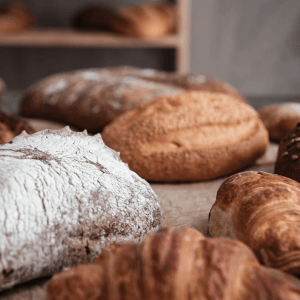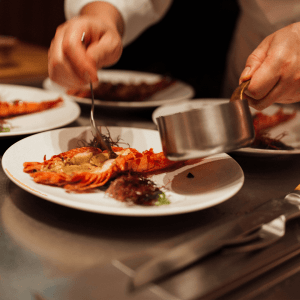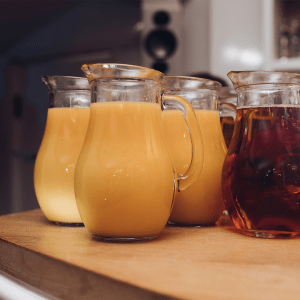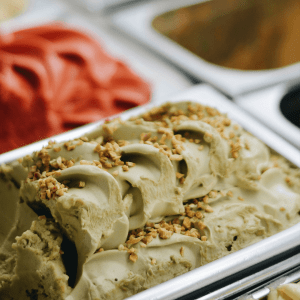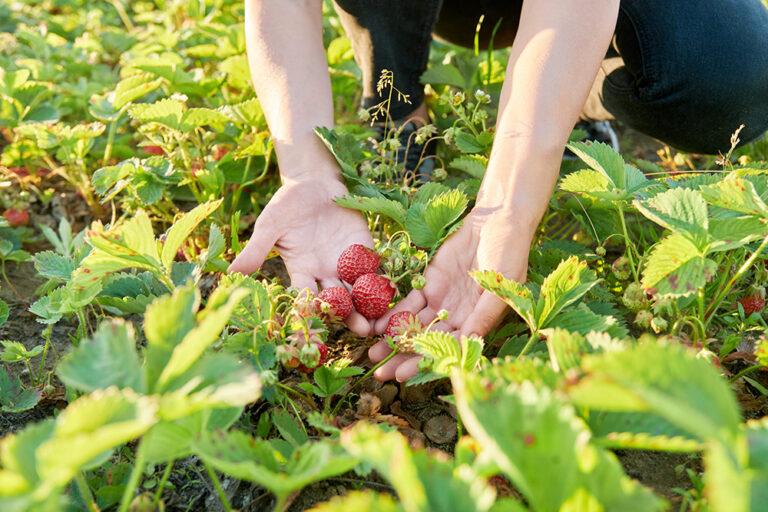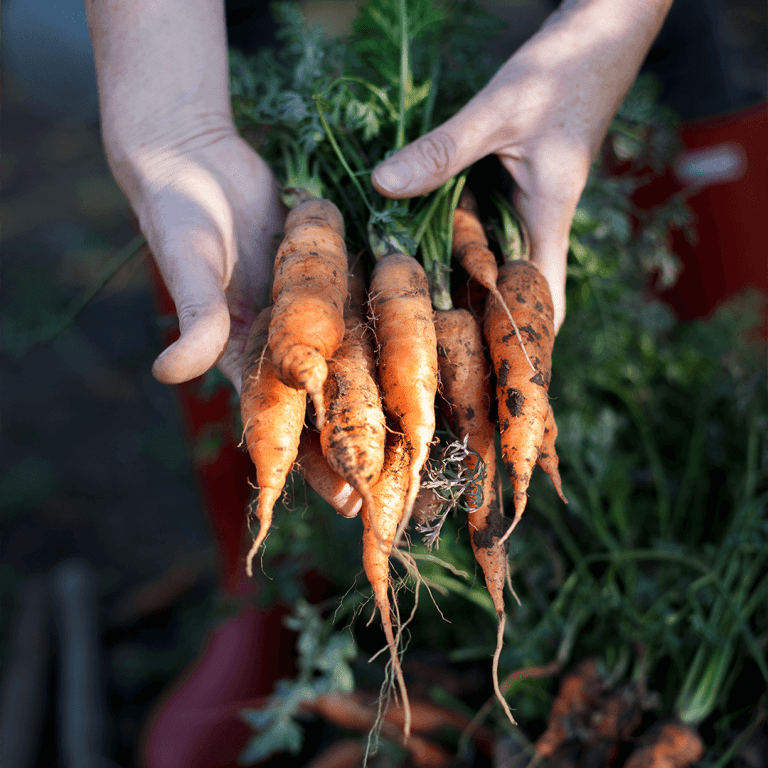
Being B Corp
At The Fine Food Company, we pride ourselves not only on the quality of our products but also on our commitment to ethical practices and sustainability. As a certified B-Corp, we hold ourselves to the highest standards of social and environmental performance. This certification reflects our dedication to balancing profit with purpose, ensuring that our business model contributes positively to our local community and the planet.
